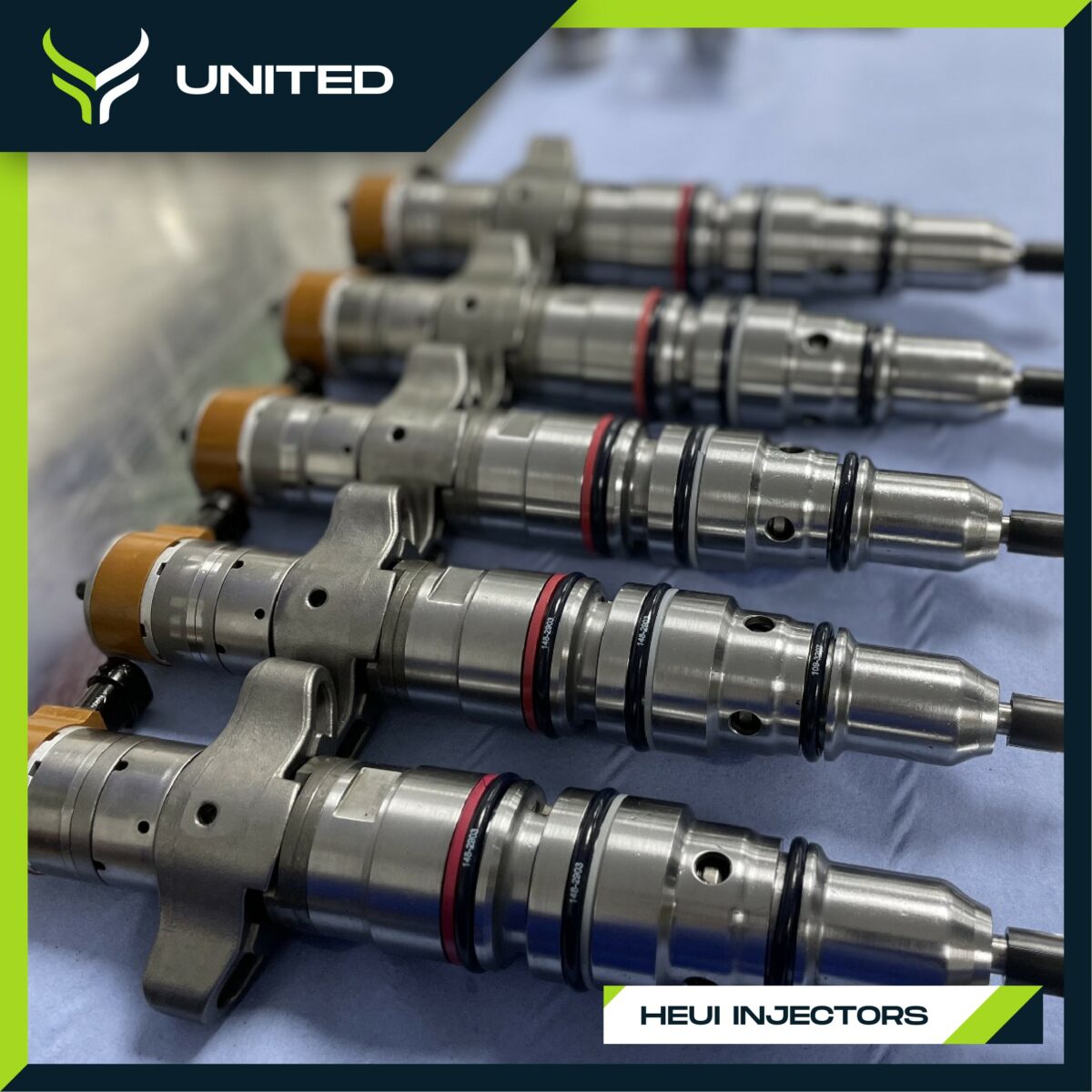At the moment on common rail systems, we are finding more high-pressure pump failures that cause the vehicle to have a lack of power or go into “limp” mode on hard acceleration.
The vehicle starts ok and drives fine on light acceleration but will cut out on full acceleration.
Other things to check are:
Low Fuel Pressure
It is in this area that most fuel supply problems occur. The problem could either be inadequate fuel supply to the rail/injectors/pump or the rail/injectors are not holding the fuel within the system. The best way to diagnose this is to start from the tank and ensure that sufficient fuel is available to the pump. Some High-Pressure pumps can draw fuel while other vehicles have an in-tank or in-line supply pump.
Insufficient Fuel Supply
This speaks for itself, not enough fuel in the tank or a problem with supply pipes being cracked or bent. The fuel tank breather can sometimes be blocked causing a vacuum in the tank which in turn draws the fuel back to the tank.
Fuel Quality and Contamination
Poor or contaminated fuel will reduce the life of your diesel injection equipment. Water robs the fuel of its lubricity, which will cause premature wear. Transferring fuel from drums also results in contaminated fuel, and we also see failures due to the addition of Addblue in the diesel.
Air – Vacuum in Fuel Supply
Similar to “Insufficient fuel supply” (above) but dirty fuel filters or a faulty filter head assembly may also cause fuel supply issues and hard starting.
Blocked Fuel Supply or Dirty Fuel Filters
The first thing to do when fault-finding is to replace the fuel filter with and O.E. one. Also, make sure that there are no blockages in the fuel supply lines.
Faulty Diesel Injector(s)
Probably the most significant result of injector failure is due to the injectors having excessive return flow or back leakage. Due to worn parts which allow excessive fuel to go through the diesel injector and to return to the tank or fuel system. This causes a drop in rail pressure (see “Low fuel pressure”) which can result in poor acceleration.
Faulty High-Pressure Pump
As mentioned earlier, a common fault for lack of power or cutting out on acceleration. Send your pump in for checking.
Faulty Pressure Regulator or Sensor
Most vehicles have a pressure regulator fitted on the high-pressure pump and a sensor installed on the rail. If either of these is defective, there will be running issues like hard starting, uneven tick over and the vehicle cutting out when increasing the RPM
Faulty Low-Pressure Supply Pump
Not all vehicles have a low-pressure supply pump but if they do it can be found either in the tank or on the fuel pipe near the tank. If your low-pressure pump is faulty, you may experience symptoms similar to those of a “Faulty high-pressure pump”.
Air intake restriction
Due to a dirty air cleaner, blocked pipes or a stuck butterfly valve found on some vehicles. Also, a faulty air flow sensor on the air intake will cause problems running and excessive smoke.
EGR Valves
Problems now including water-cooled EGR valves leaking water into the engine.
The idea of an EGR valve is that while the engine is at tick over, a valve opens and allows some of the exhaust gases to pass back into the nice clean air intake manifold.
After a while, the gases containing dirty, sooty carbons start to cover and coat the intake area and valves causing the air to fuel ratio to become unbalanced thus resulting in black smoke from the exhaust. This black smoke is then drawn back into the air intake via the EGR valve. A vicious cycle then starts with the engine producing more smoke and sootier carbons entering the intake manifold, thus causing air intake problems resulting in uneven running.
A new problem with modern EGR valves is that some of them are water-cooled, great idea but as they age, they become porous and start leaking coolant into the engine through the EGR valve. To check remove the valve, block of the coolant outlet connection, connect compressed air into the coolant inlet, drop into a bucket of water and see if you have any air leaks.
